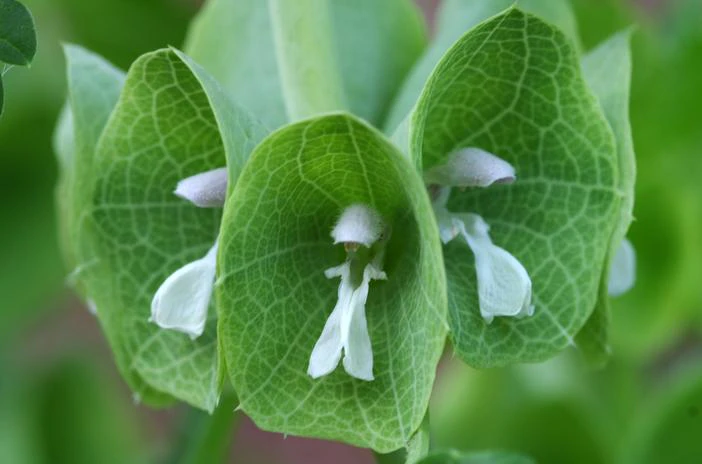Shellflower
(Moluccella laevis)
Shellflower (Moluccella laevis)
/
/

Zeynel Cebeci
CC BY-SA 4.0
Image By:
Zeynel Cebeci
Recorded By:
Copyright:
CC BY-SA 4.0
Copyright Notice:
Photo by: Zeynel Cebeci | License Type: CC BY-SA 4.0 | License URL: https://creativecommons.org/licenses/by-sa/4.0 | Uploader: Zcebeci | Publisher: Wikipedia Commons
































Estimated Native Range
Climate Requirements for Canberra, Australia
| This Plant | Your Site | Plant Suitability for Your Location | ||
|---|---|---|---|---|
| • Precipitation | 6" - 113" | 27" | Your precipitation may be too high for this plant. | Too high |
| • High Temp. | 68°F - 106°F | 81°F | Your summer temperatures are normal for this plant. | Excellent |
| • Low Temp. | -2°F - 65°F | 33°F | Your winter temperatures are normal for this plant | Excellent |
This plant may not grow well at your location - your precipitation is too high.
Summary
Moluccella laevis, commonly known as Shellflower or Bells of Ireland, is a fast-growing annual herb native to Turkey, Syria, and the Caucasus region. It is typically found in open fields and on grassy slopes, adapting well to a range of ecological conditions within its native range. This plant reaches a height of 2-3 feet and a width of 1-2 feet, featuring square stems that are characteristic of the mint family to which it belongs. Shellflower is notable for its unique inflorescences, which consist of apple-green calyces that form a bell-like structure around tiny white flowers, blooming in the summer and fall. The flowers are not particularly showy, but the calyces are quite striking and provide a lasting visual interest.
Shellflower is valued for its distinctive flower spikes that add a vertical element and a touch of whimsy to garden beds and borders. It is also popular in cut flower arrangements, both fresh and dried, due to the long-lasting nature of the calyces. In cultivation, it thrives in full sun and requires medium amounts of water, performing best in well-drained soils. It is a self-seeding plant, which can be beneficial for naturalizing in suitable climates but may require management to prevent unwanted spread. While it is adaptable to various soil types, it does not fare well in hot, humid climates and may struggle in such conditions. Gardeners should be aware that in some areas, it can become invasive if not managed properly.CC BY-SA 4.0
Shellflower is valued for its distinctive flower spikes that add a vertical element and a touch of whimsy to garden beds and borders. It is also popular in cut flower arrangements, both fresh and dried, due to the long-lasting nature of the calyces. In cultivation, it thrives in full sun and requires medium amounts of water, performing best in well-drained soils. It is a self-seeding plant, which can be beneficial for naturalizing in suitable climates but may require management to prevent unwanted spread. While it is adaptable to various soil types, it does not fare well in hot, humid climates and may struggle in such conditions. Gardeners should be aware that in some areas, it can become invasive if not managed properly.CC BY-SA 4.0
Plant Description
- Plant Type: Herb
- Height: 2-3 feet
- Width: 1-1.5 feet
- Growth Rate: Moderate
- Flower Color: Green, White
- Flowering Season: Summer, Fall
- Leaf Retention:
Growth Requirements
- Sun: Full Sun
- Water: Medium
- Drainage: Medium
Common Uses
Border Plant, Fragrant, Low Maintenance, Potted Plant, Salt Tolerant
Natural Habitat
Open fields and on grassy slopes in Turkey, Syria, and the Caucasus region
Other Names
Common Names: Bells-Of-Ireland, Bells Of Ireland, Molucca Balmis, Shell Flower, Molucca Balm, Muschelblume, Mélisse De Constantinople, Mélisse Des Moluques, Musselsyska, Musselblomma
Scientific Names: Moluccella laevis, Lamium moluccella, Molucca laevis
GBIF Accepted Name: Moluccella laevis L.